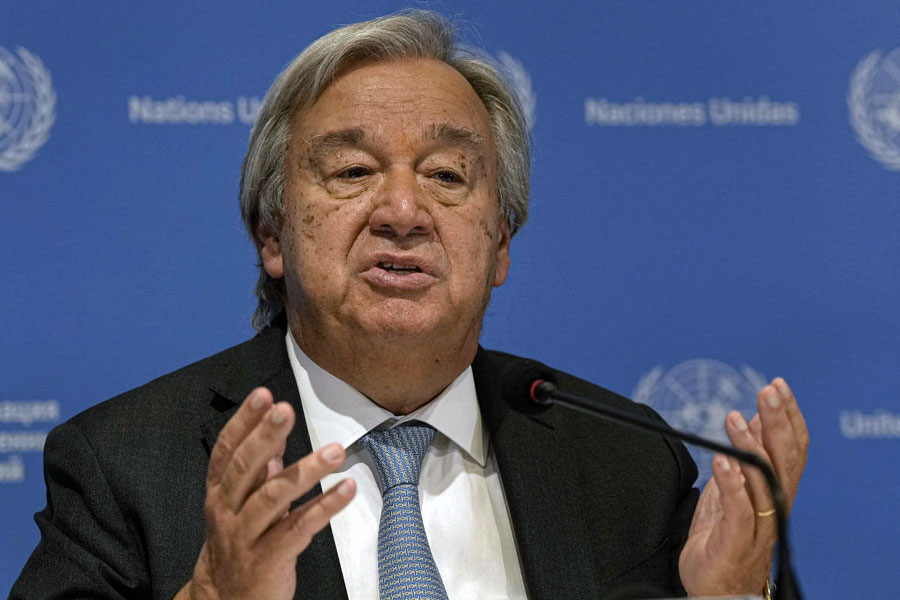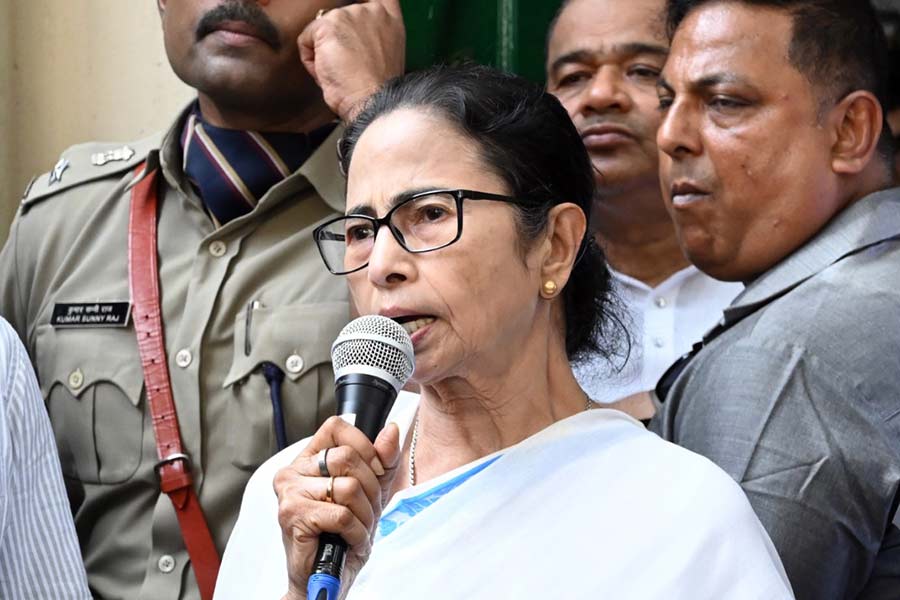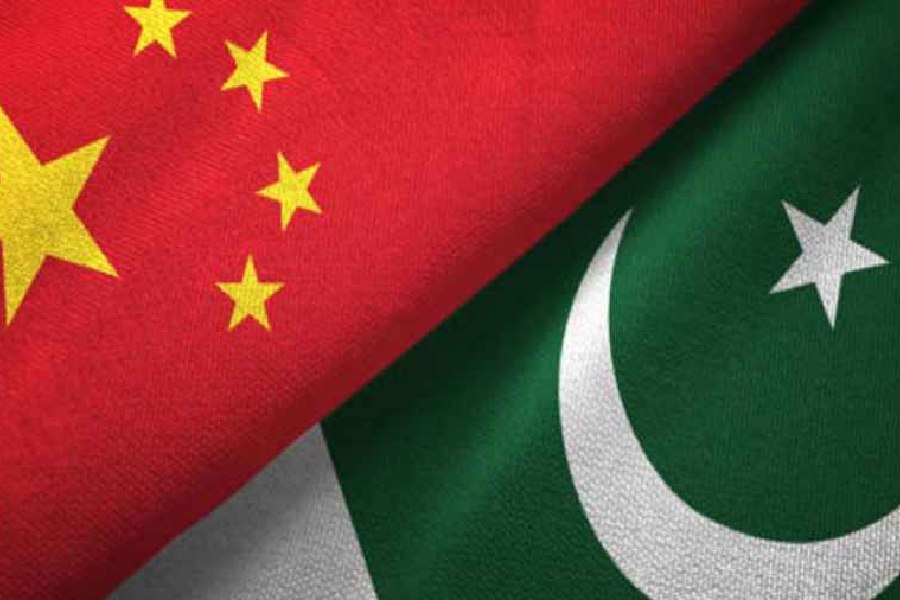 |
 |
| HOME RUN: Paramjit Kaur, the woman whom suspended BJP MP Babulal Katara (below) tried to smuggle into Canada, on his wife’s passport, outside a Delhi court |
All that 33-year-old Swaran Singh of Kairon in the Amritsar district of Punjab has to show for his great European dream is missing fingers. In 2001, a travel agent promised Singh a lucrative job in Germany, handed him over to a local contact in Moscow and disappeared. Singh and nine others had to trek across the Ukrainian hills in the biting February cold. That’s when he lost his fingers to frost bite. After a spell in Ukrainian and Slovakian jails, he managed to contact the Indian embassy and returned home.
Harish Kumar of Amritsar was dumped in Iran by his travel agent. The authorities there pushed him into Pakistan where he was jailed. “I wanted to become rich but only made the travel agent richer,” he now laments.
The arrest of BJP MP Babulal Katara for attempting to smuggle out two persons only exposes the reach of the human smuggling mafia. Singh and Kumar were lucky. There are several others languishing in jails across the world. Some are dead — like the 170 illegal migrants who were killed when their boat sank off the Malta coast in 1996.
Had there been a free movement of people — as some governments have been fighting for — Swaran Singh would not have lost his fingers and Harish Kumar wouldn’t have languished in jail. Babulal Katara would not have been accused, either, of smuggling people out of India.
The racket, economists hold, highlights the need for unrestricted movement of labour. “Touts and other unscrupulous elements will have a lesser role to play if the process of movement of labour is made easier,” argues Biswajit Dhar, head, Centre for WTO Studies at the Indian Institute of Foreign Trade. “Developed countries cannot confine talk about free trade to free movement of goods and capital,” he adds. It’s time workers from poorer countries — low-skilled carpenters and masons or high-skilled doctors and software professionals — are given easier access.
The issue is a stumbling block at the World Trade Organisation (WTO) negotiations. The negotiations do not cover permanent migration, but only temporary movement of professionals (Mode 4, in WTO parlance). Within that, attention is focused on high-skilled independent professionals and contractual service providers (for example, software firms that send employees abroad to execute a project).
Governments, however, do not make this distinction and are unwilling to liberalise Mode 4 access fearing that this may be a permanent immigration time bomb. That brings in its wake a host of issues — the cultural fit of the immigrants, the ensuing strain on civic services and public finances and the increased unemployment among locals.
“Free movement of labour is a dicey issue in every country,” says independent economist Bibek Debroy. There are, on the one hand, clear economic gains. Economists Terrie Louise Walmsley and Alan Winters have shown that global gains of over $150 billion could accrue if developed countries were to allow access to temporary professionals — their numbers equalling just 3 per cent of their labour force.
As the working population of the developed countries ages, it is the younger workforce from the developing countries that is stepping in to fill the gap. According to estimates by the US National Centre for Health Work Force Analysis, the United States demand for nurses is likely to touch one billion by 2020 as serving nurses retire. That’s pulling in huge numbers of nurses from Kerala.
Many migrants come in for jobs that locals aren’t keen on. In the Gulf and some East Asian countries, some of these menial jobs are referred to as 3D jobs — dangerous, dirty and degrading. “Whether in the Gulf or in the developed countries, foreign workers are given unpleasant and risky jobs,” says Paramjit Singh Sahai, who dealt with immigration issues during his stint as a diplomat. In India, too, Bangladeshi and Nepali migrants are concentrated in menial jobs.
Countries recognise this. “The NHS (National Health Service) would barely function without migration... The City of London wouldn’t work without immigration and nor would our biotechnology industry, which is second only to that of the US,” British minister of state for nationality, citizenship and immigration Liam Byrne pointed out in an article for a book, Rethinking Immigration and Integration published by think tank Policy Watch. Migrants, he wrote, make up 8 per cent of the British workforce but contribute 10 per cent of national output.
That’s probably why countries welcome migration, but within limits, setting numerical targets for non-family migration. Canada, for example, has an annual target of 2,45,000 migrants, set by Parliament. Migration is easy when the country has a shortage of certain skills. Indian nurses do not face any hurdles in moving to the United States, with American healthcare firms setting up offices in Kochi and facilitating entry procedures.
Locals don’t appreciate these arguments. In 1997, Byrne notes, immigration was a top-of-the-mind issue for less than 10 per cent of British voters. Ten years on, it is the main concern of 40 per cent of voters. “Here are a set of changes which have made Britain richer but which have deeply unsettled the country.” Governments in Austria, Denmark and the Netherlands lost elections, he points out, on the issue of immigration.
While at a macro level migration brings substantial welfare gains, Debroy points out, some locals do lose jobs and not all of them may have the skills to move into other jobs. Foreign workers also tend to push down wages since their services are cheaper. It then becomes difficult to keep politics out and that prompts the erection of safeguards. Canada and Britain follow a points-based system to manage migration, under which only people of certain skill levels come in.
It’s the temporary workers who face the brunt of protectionism. The United States has capped the H1B temporary work visas at 65,000 globally. For 2007-2008, it got 1,50,000 applications. The Indian software industry has been at the vanguard of appeals to hike this limit substantially.
Britain may no longer be the ideal destination for Indian doctors, as hospitals will now have to give first preference to doctors from within Britain or the European Union (EU). That is akin to the economic needs test, where the employer will have to justify the need to employ foreign workers. In Canada, the Human Resources and Social Development Canada (HRSDC) has to provide a Labour Market Opinion to the Citizenship and Immigration Centre (CIC) or to an employer on the likely impact of hiring a foreign worker on the Canadian labour market. Only then is a work permit given.
At the WTO negotiations, India has been fighting against the economic needs test as well as several other barriers called domestic regulations. Countries often set minimum pay or daily allowance that firms sending their personnel abroad should pay. Such regulations have hit the software and information technology industry particularly hard. “This will make their services costly and erode the competitiveness of our firms,” notes commerce secretary G.K. Pillai.
However, India is also at the receiving end on the issue of migration, and stands accused of refusing to show the same magnanimity to people from its poorer neighbours. The Indian legal and audit services sector hasn’t been opened up because of pressure from domestic professionals. Arpita Mukherjee, of the Indian Council for Research in International Economic Relations, has often been asked by Sri Lankans about Indian restrictions on Lankan professionals. While negotiations on an agreement on services between Sri Lanka and India (which will make the Indo-Sri Lanka Free Trade Agreement into a Comprehensive Economic Cooperation Agreement) are underway, similar negotiations in SAARC are yet to start.
India, for its part, trots out the same excuses that developed countries do to control immigration — unemployment, pressure on social and physical infrastructure and security concerns.
“Let’s not mix economics and politics,” says Dhar. Cultural assimilation and security are political issues that have to be dealt with at the political level, he argues. World Bank lead economist Aditya Mattoo could have the ideal solution. Freeing temporary movement of labour, he said while addressing a seminar on WTO negotiations in Delhi in March, is the neatest solution to the issue. It provides mutual gains from trade while averting the social and political costs in host countries and brain drain from poor countries.
If only it were that easy.











